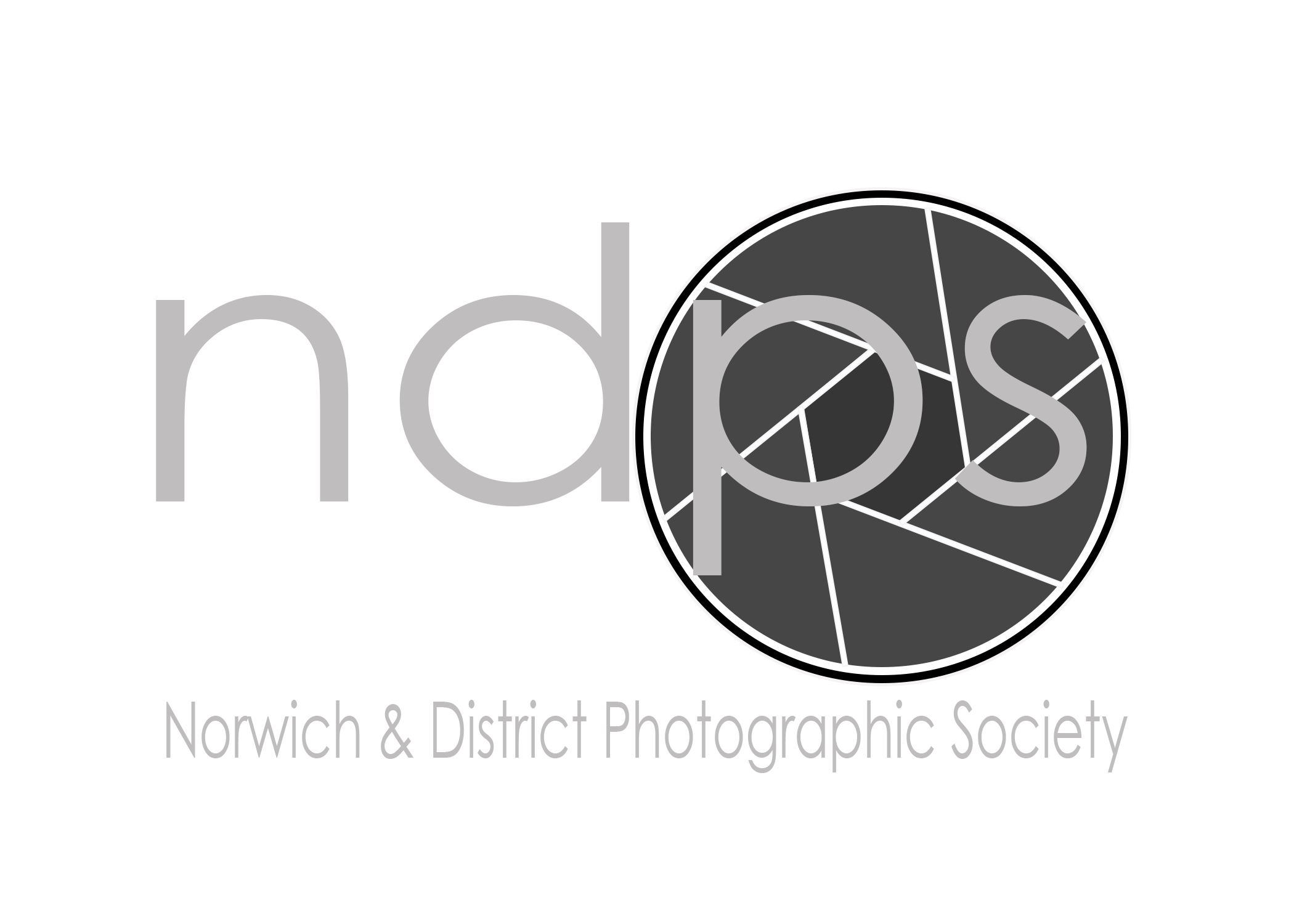In February, after his first visit to NDPS, he 'Exit(ed) pursued by a bear'! An ice bear, at the end of his Svalbard presentation!
This evening his presentation suited the arrival of English summer! We were transported to much warmer climes, the Serengeti, Tanzania, home of the great migration.
Bob began by explaining his love affair with Africa which followed a family trip where he became hooked on wildlife photography and has resulted in fourteen subsequent visits!
On to the Serengeti (Serengeti means 'endless plains') and is a huge national park in Tanzania. Bob changed his cameras from Canon to Olympus before the trip so there was something of a learning curve, but he began with pictures of a cheetah, up in a tree, with a dead sheep she had caught.
Next was a cheetah and her cub on a hunting trip in woodland! Very, very unusual situation to see a cub helping and in woodland. Then they caught an impala, another rarity! This sequence of photos showed all the action, including the kill, and Bob suggested that even though this was fast moving it is still worthwhile changing settings during the action, to improve the shutter speed and reduce noise - something of a conundrum.
Then, with a non-photography group, they saw a pack of 16 wild dogs, again, never seen before. Then a cheetah, nicknamed 'Patch' by the visitors with her four cubs only three months old and very vulnerable to attack. This means that mum was very busy indeed looking for food. All the animals looked in good condition and, indeed all four reached adulthood. A tribute to Patch because this was her first family and such success has rarely been achieved.
Bob began the second half with some astonishing statistics about lions - the numbers have dropped from 200 thousand to 20 thousand, of which 4 thousand are males and of these only ten percent will mate in their lifetime!
Bob then showed four lions killing a young hippo and a lioness killing a young giraffe for her sister and their eight cubs! Those cubs hadn't eaten for two weeks and they were very hungry.
Bob rounded off his presentation by recommending 'Remembering Wildlife' to us, a series of books published to help in the conservation of species.
Another exciting presentation from Bob Johnson with not too much blood but some good examples of the law of self-preservation and the law of the bush.
Read More




















